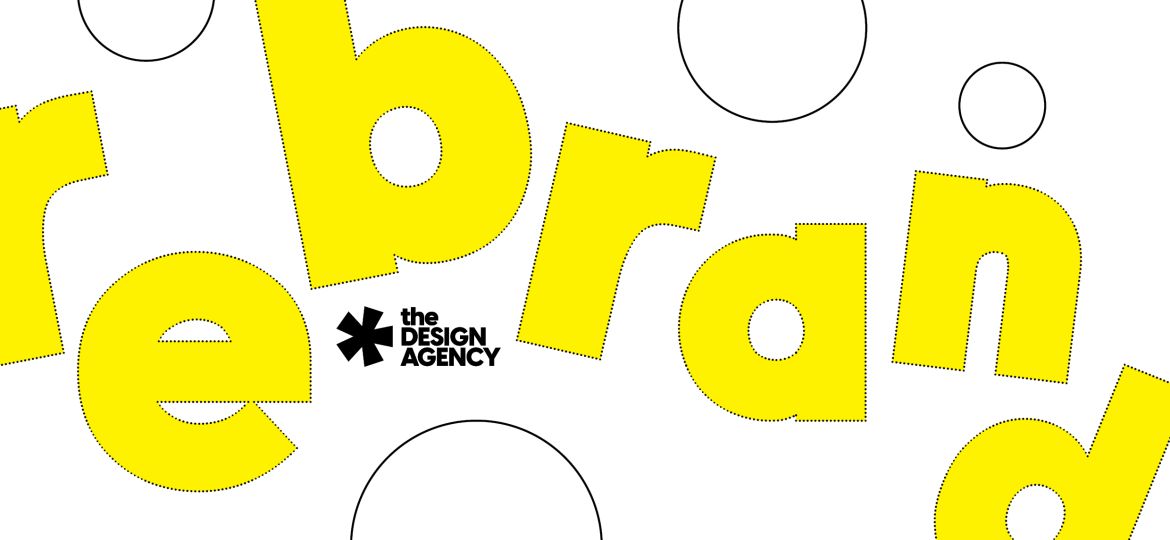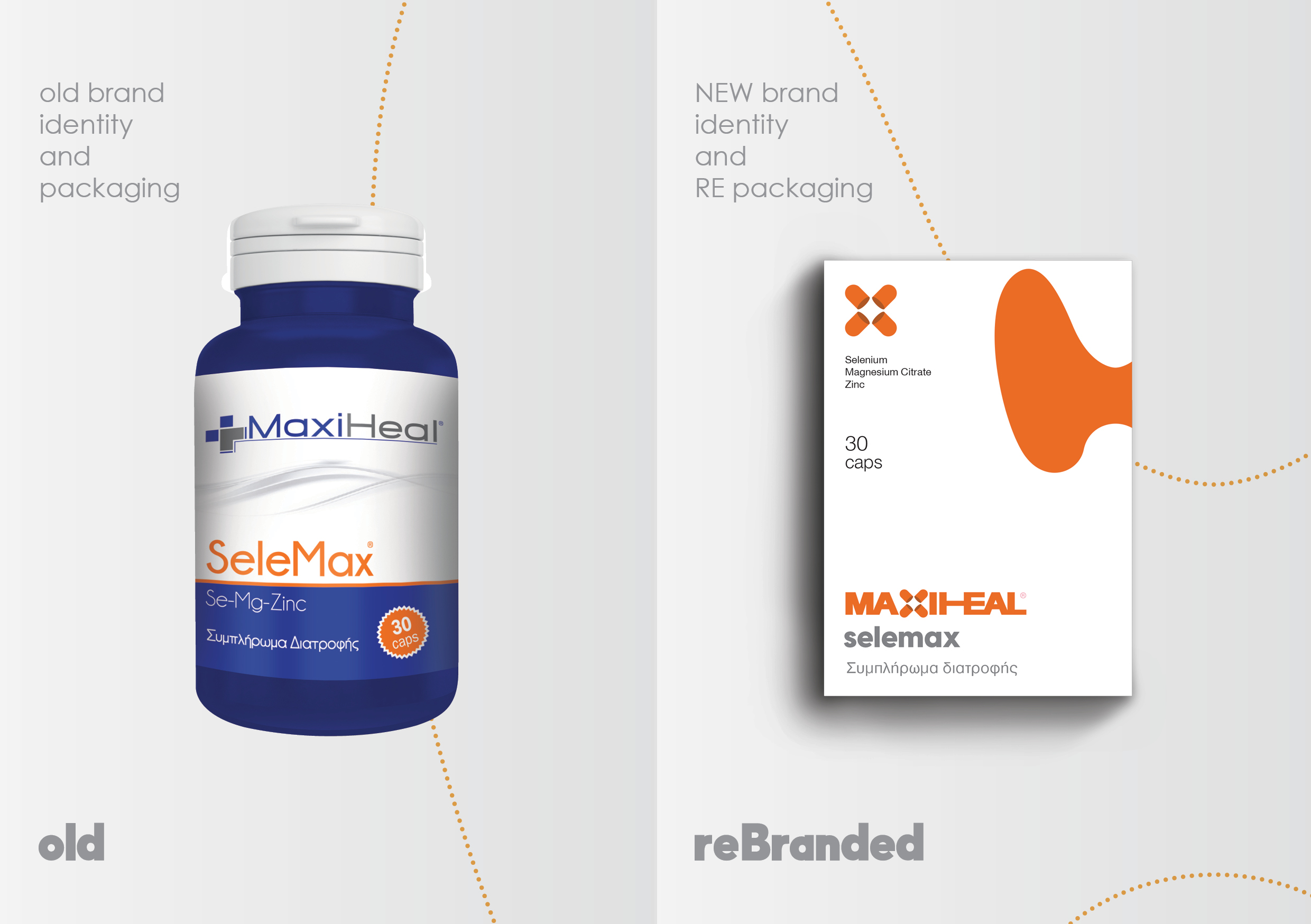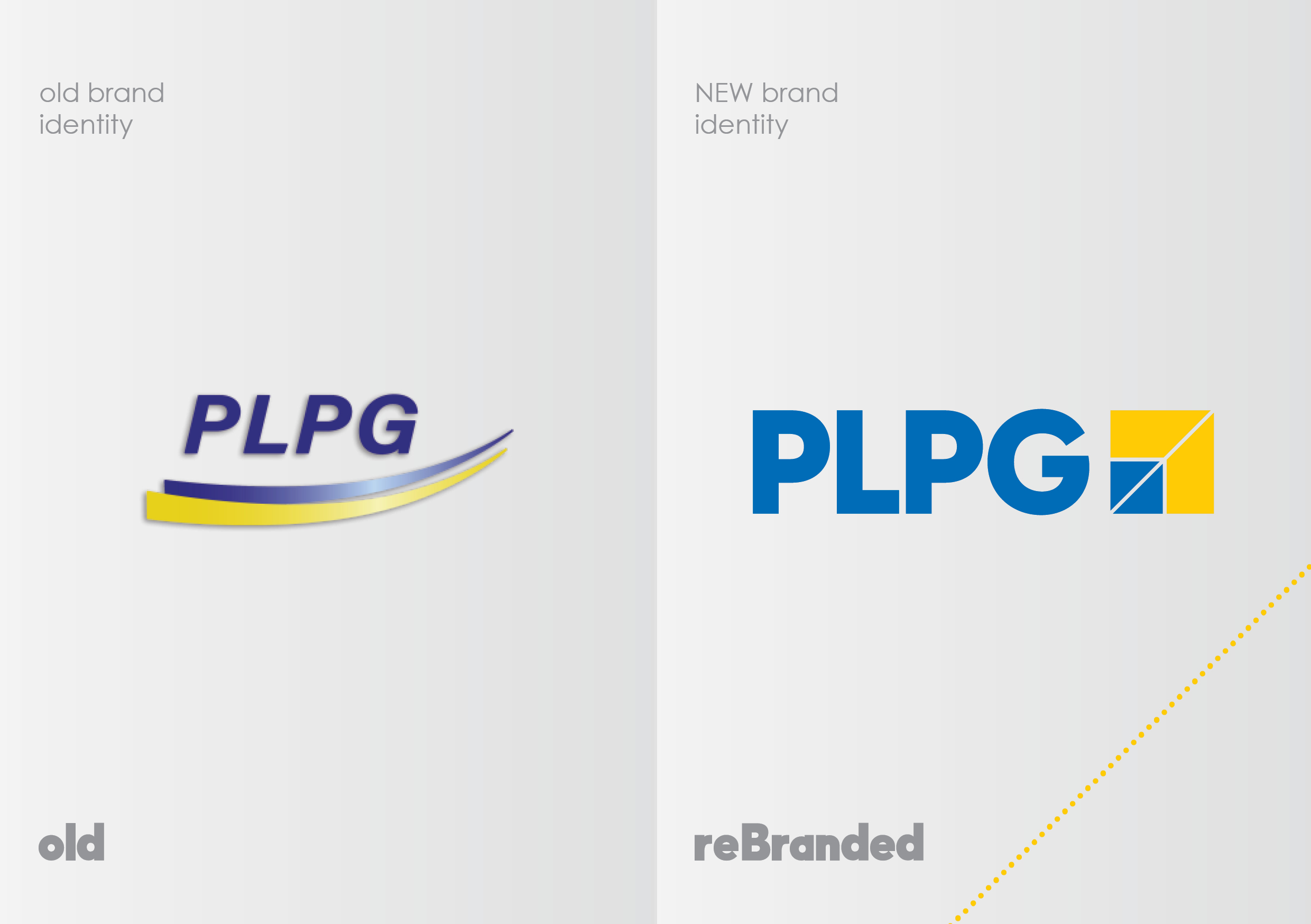
Revamp and Rebrand: The Power of a New brand identity for Your Business
Is your business in need of a makeover? Are you looking to revamp and rebrand to breathe new life into your brand? If so, you’ve come to the right place. In this article, we’ll explore the power of a fresh identity and how it can transform your business.
A strong brand identity sets you apart from your competitors and resonates with your target audience. It conveys your values, personality, and unique selling proposition. By revamping and rebranding, you have the opportunity to reconnect with your current customers and attract new ones.
However, rebranding is not just about creating a new logo or changing the color scheme. It’s about understanding your brand voice and incorporating it into every aspect of your business, from your website to your social media presence. Each touchpoint should reflect your brand’s personality and values, creating a consistent and memorable experience for your audience.
In this article, we’ll guide you through the process of revamping and rebranding, providing practical tips and best practices to help you unleash the power of a fresh identity for your business. Get ready to take your brand to the next level!
The Importance of a Brand Identity
A strong brand identity sets you apart from your competitors and resonates with your target audience. It conveys your values, personality, and unique selling proposition. When done right, your brand identity becomes a powerful tool that helps customers recognize and connect with your business.
Your brand identity is more than just a logo or color scheme; it encompasses everything from your messaging to your visual design. It’s the sum of all the elements that make up your brand, both tangible and intangible. A well-defined brand identity helps you build trust, establish credibility, and establish a loyal customer base.
Signs that Your Business Needs a Revamp and Rebrand
Revamping and rebranding can be a daunting task, but sometimes it’s necessary to stay relevant and competitive in the market. Here are some signs that indicate your business might benefit from a fresh identity:
- Outdated visual design: If your logo and website look like they’re from a different era, it’s time for a change. Visual design trends evolve, and it’s important to keep up with the times to stay relevant.
- Inconsistent messaging: If your brand messaging is all over the place, it can confuse your customers and dilute your brand’s impact. A rebrand gives you the opportunity to clarify your messaging and create a consistent voice.
- Lack of brand recognition: If people have trouble recognizing your brand or remembering your business, it’s a sign that your brand identity needs work. A strong brand identity helps you stand out from the crowd and be memorable.
- Changing target audience: If your target audience has shifted or expanded, your current brand identity might not resonate with them anymore. A rebrand allows you to realign your brand with your new target audience.
Understanding Your Target Audience and Market
Before diving into a rebrand, it’s crucial to understand your target audience and the market you operate in. Conducting market research and audience analysis will help you identify their needs, preferences, and pain points. This knowledge will inform your rebranding decisions and ensure that your fresh identity resonates with your target audience.
Start by creating buyer personas that represent your ideal customers. These personas should include demographic information, motivations, challenges, and goals. Use surveys, interviews, and market research data to gather insights about your target audience.
Additionally, analyze your competitors’ brand identities to understand how they position themselves in the market. Identify gaps and opportunities that you can leverage in your rebranding efforts. By understanding your target audience and market, you can create a brand identity that stands out and appeals to your customers.
Conducting a Brand Audit
Before embarking on a rebrand, it’s important to assess your current brand identity. A brand audit helps you evaluate the strengths and weaknesses of your existing brand and identify areas that need improvement. It also helps you identify what elements of your brand identity are worth keeping and what needs to change.
Start by assessing your brand’s visual identity. Analyze your logo, color palette, typography, and overall design aesthetic. Consider whether these elements accurately represent your brand’s values and personality. Look for inconsistencies or outdated design elements that need to be updated.
Next, evaluate your brand messaging. Review your website copy, social media posts, and marketing materials. Is your messaging clear, consistent, and aligned with your brand identity? Are you effectively communicating your unique selling proposition? Identify any inconsistencies or areas that need improvement.
Finally, analyze your brand’s touchpoints and customer experience. Review your website, social media profiles, packaging, and any other points of contact with your customers. Assess whether these touchpoints reflect your brand identity and deliver a consistent and memorable experience. Identify any gaps or areas that need improvement.
Choosing the Right Brand Elements
Once you’ve conducted a brand audit and gathered insights about your target audience, it’s time to choose the right elements for your rebrand. These elements include your logo, color palette, typography, imagery, and other visual and verbal elements that make up your brand identity.
When choosing your logo, consider whether it accurately represents your brand’s values and personality. Does it convey the right message to your target audience? A professional logo design can make a significant impact on how your brand is perceived.
Your color palette plays a crucial role in evoking emotions and setting the tone for your brand. Choose colors that align with your brand’s personality and resonate with your target audience. Consider the psychology of colors and how different hues can influence perceptions and emotions.
Typography is another important element that contributes to your brand’s identity. Choose fonts that are legible, appropriate for your brand’s personality, and consistent across all your communications. Typography helps establish a visual hierarchy and enhances brand recognition.
Imagery, such as photos and illustrations, can also contribute to your brand identity. Choose visuals that are aligned with your brand’s values and resonate with your target audience. Consistency in imagery helps create a cohesive and recognizable brand identity.
Developing a Brand Strategy
Before diving into the creative aspects of revamping and rebranding, it’s crucial to develop a comprehensive brand strategy. This strategy will serve as your roadmap and guide your decisions throughout the process.
- Define your brand values: Start by identifying the core values that define your business. What do you stand for? What principles guide your decision-making? Your brand values should align with your target audience’s values to establish a deeper connection.
- Understand your target audience: Conduct market research to gain insights into your target audience’s preferences, needs, and desires. What motivates them? What challenges do they face? Understanding your audience will help you tailor your brand’s messaging and positioning to resonate with them.
- Differentiate from competitors: Analyze your competitors’ branding strategies to identify opportunities for differentiation. What makes your business unique? Focus on your strengths and find ways to stand out in the market.
- Craft your brand story: Your brand story is the narrative that connects your audience to your business. It should be authentic, compelling, and emotionally resonant. Share your journey, values, and mission to create a deeper connection with your customers.
Once you have a clear brand strategy in place, you can move on to the next step: communicating your rebrand to stakeholders.
Communicating Your Rebrand to Stakeholders
A successful rebrand requires effective communication with your stakeholders, including employees, customers, and partners. Here’s how you can ensure a smooth transition and garner support for your fresh identity:
- Internal communication: Begin by informing your employees about the rebrand. Clearly explain the reasons behind the change and how it aligns with the company’s vision. Engage your team in the process by soliciting their input and addressing any concerns they may have. When employees understand and embrace the new brand, they become powerful brand ambassadors.
- Customer communication: Your existing customers are vital to the success of your rebrand. Communicate the changes to them in a clear and transparent manner. Highlight how the rebrand benefits them and emphasize your continued commitment to delivering value. Leverage various channels, such as email newsletters, social media, and website announcements, to reach your customers effectively.
- Partner communication: If you have strategic partners or suppliers, inform them about the rebrand and any changes that may affect your relationship. Maintain open lines of communication, address their questions or concerns, and ensure a smooth transition for everyone involved.
- Public communication: In addition to internal and customer communication, you should also develop a public relations strategy to announce your rebrand to the wider public. Craft a press release and reach out to relevant media outlets, influencers, and industry publications. Leverage social media platforms to create buzz and engage with your audience. A well-executed public communication plan can generate excitement and attract new customers.
Remember, consistent and transparent communication is key to ensuring a successful rebrand and maintaining trust with your stakeholders.
Measuring the Success of Your Rebrand
Once your rebrand is in motion, it’s essential to measure its success and make data-driven adjustments if needed. Here are some key metrics to consider:
- Brand recognition: Measure the increase in brand recognition through surveys, social media mentions, and website traffic. Are more people recognizing and talking about your brand?
- Customer perception: Conduct customer surveys or interviews to gauge their perception of your new brand. Are they connecting with the refreshed identity? Do they perceive your brand as more aligned with their values?
- Customer acquisition and retention: Track the impact of your rebrand on customer acquisition and retention rates. Are you attracting new customers? Are your existing customers staying loyal?
- Sales and revenue: Monitor your sales and revenue to assess the impact of your rebrand on your bottom line. Are you seeing an increase in sales or revenue since the rebrand?
- Website analytics: Analyze your website analytics to understand how users are interacting with your new brand. Are they spending more time on your website? Are they engaging with your content?
By regularly measuring these metrics, you can evaluate the success of your rebrand and identify areas for improvement. So, if you’re ready to take your brand to the next level, start planning your revamp and rebrand today. Embrace the power of a fresh identity and watch your business soar to new heights.

















